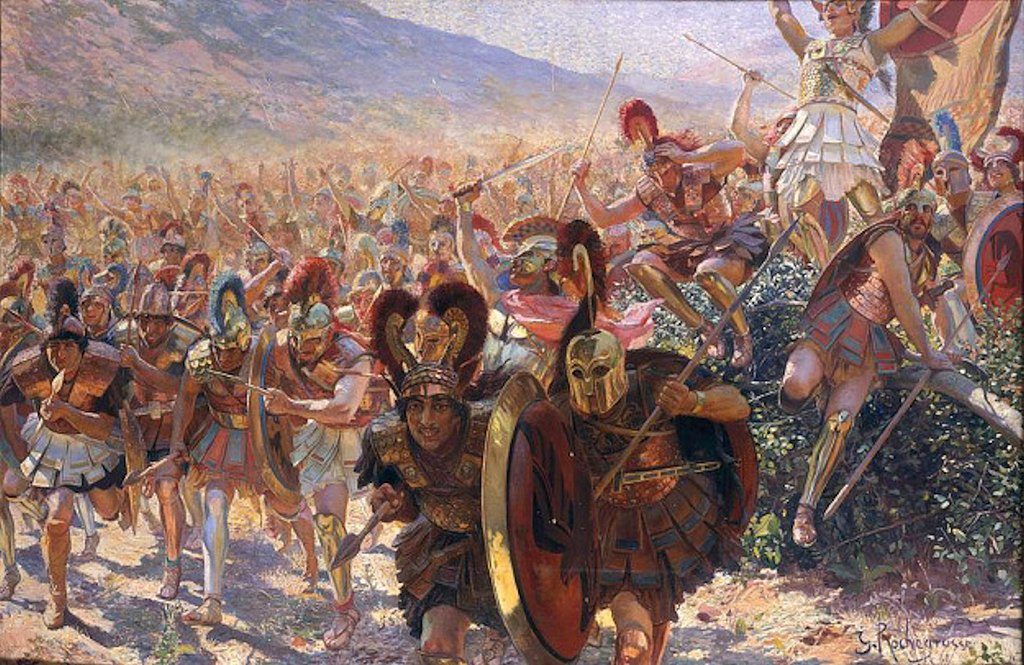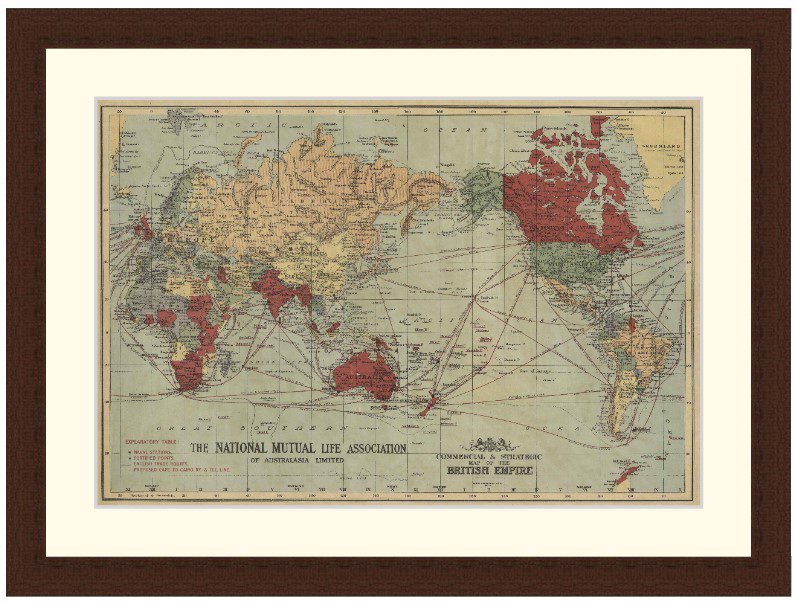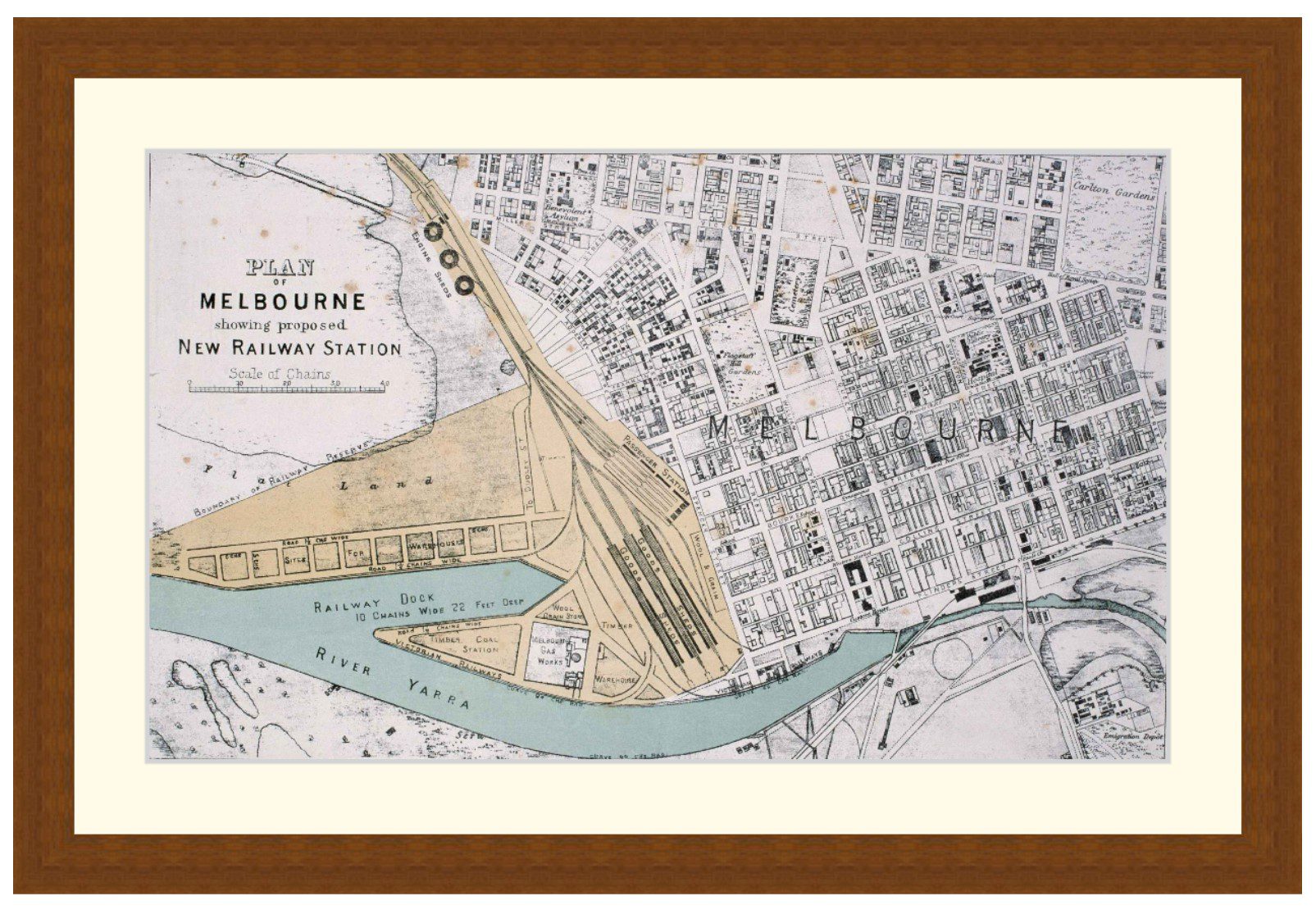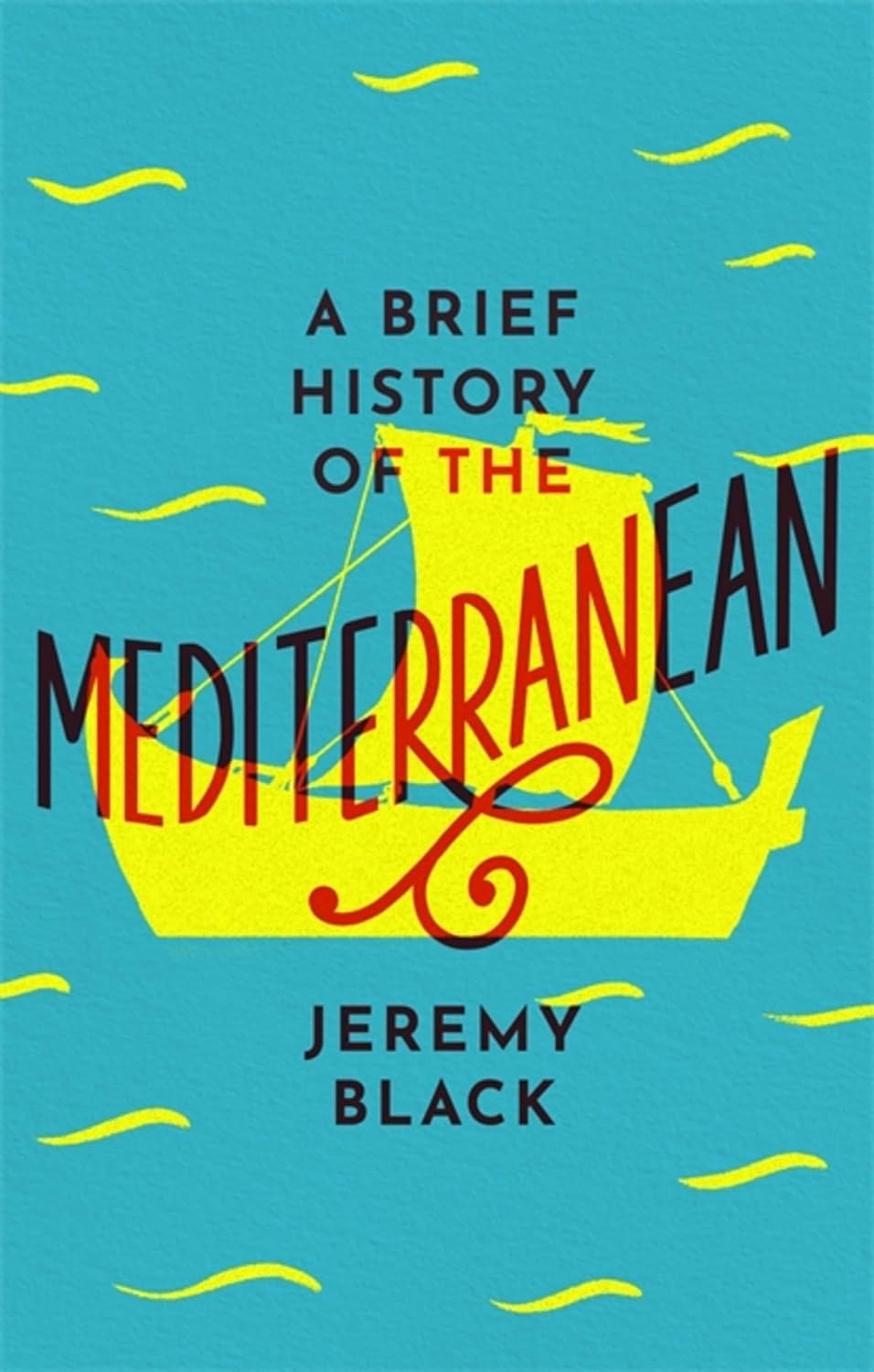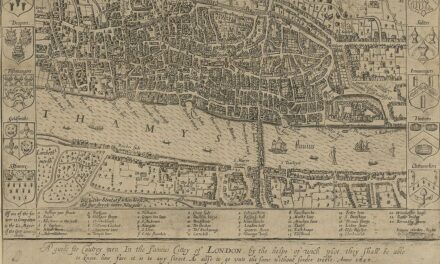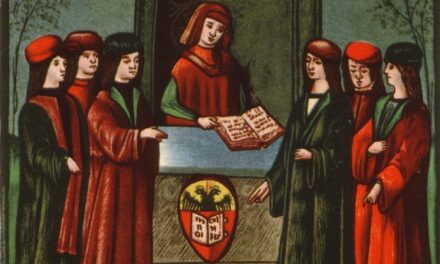The History Guild Weekly History Quiz.
See how your history knowledge stacks up.
Have an idea for a question? Suggest it here and we’ll include it in a future quiz!
Want to know a bit more about the questions in the quiz, or the story behind them? Read on!
1. Which Greek city state defeated the Persians at the Battle of Marathon in 490BC?
Athens – The Battle of Marathon took place during the first Persian invasion of Greece. It was fought between the citizens of Athens, aided by Plataea, and a Persian force. The battle was the culmination of the first attempt by Persia, under King Darius I, to subjugate Greece. The Greek army inflicted a crushing defeat on the more numerous Persians, marking a turning point in the Greco-Persian Wars.
2. The Berlin Airlift saw West Berlin supplied by air by the British and Americans after the Soviets cut the road and rail links from the West. How long did his last?
11 months – Read More about the Berlin blockage and Airlift.
3.Who was the first American in space?
Alan Shepard – Alan Shepard was an American astronaut, naval aviator, test pilot, and businessman. In 1961, he became the second man and the first American to travel into space, and in 1971 he walked on the Moon.
4. Where did the Nazi authors of the anti-Jewish Nuremberg laws travel to study similar laws?
USA – Read about the similarities between the Jim Crow era segregation laws and Nazi restrictions on Jews.
5. Which colonial power controlled Cuba until 1898?
Spain – Spain ruled Cuba from the 15th century until the Spanish-American war of 1898, when Cuba became a US protectorate.
6. In what year did Indigenous women get the right to vote in Australia?
1962 – In 1902 the right to vote was granted to female British subjects over the age of 21. Universal suffrage was not accorded to Indigenous women, who had to wait until 1962. Indigenous women who could vote in South Australia before Federation were effectively disenfranchised by the Commonwealth Franchise Act when it was passed in 1902 (as were Indigenous men, who had gained the right to vote with all other males in South Australia in 1856).
7. Which aircraft is this?
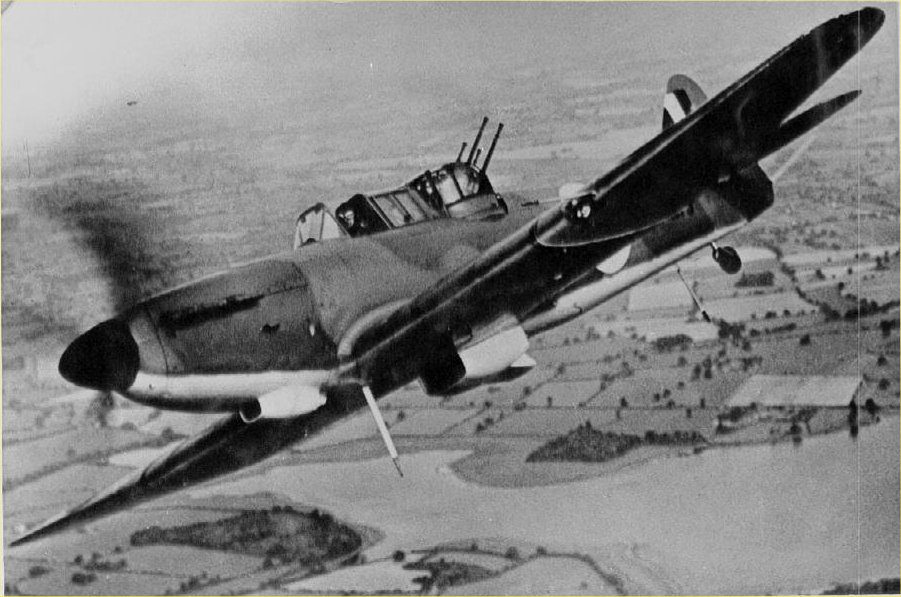
Boulton Paul Defiant – a British interceptor aircraft that served with the Royal Air Force (RAF) during World War II. The Defiant was designed and built by Boulton Paul Aircraft as a “turret fighter”, without any fixed forward-firing guns. In combat, the Defiant was found to be reasonably effective at destroying bombers but was vulnerable to the Luftwaffe’s more manoeuvrable, single-seat Messerschmitt Bf 109 fighters. The lack of forward-firing armament proved to be a great weakness in daylight combat and it suffered many losses in the first years of WW2. Its potential was realised only when it was converted to a night fighter.
8. What was the Byzantine Empire?
The medieval empire centred on Constantinople in which Christianity and Greek language and heritage dominated daily life – The Byzantine Empire, also referred to as the Eastern Roman Empire or Byzantium, was the continuation of the Roman Empire in its eastern provinces during Late Antiquity and the Middle Ages, when its capital city was Constantinople.
9. During WW2 what was the name given to decoy urban & industrial sites built in UK to confuse German bombers?
Starfish sites – Starfish sites were large-scale night-time decoys created during the Blitz to simulate burning British cities. The aim was to divert German night bombers from their intended targets so they would drop their ordnance over the countryside. The sites were an extension of Colonel John Turner’s decoy programme for airfields and factories (code named “Q” Sites). Following the bombing, and near destruction, of Coventry in November 1940, Turner was tasked with creating decoys for seven major cities.
The sites were constructed around 4 miles (6.4 km) from their protection target, and at least 1 mile (1.6 km) from any other settlement. They consisted of elaborate light arrays and fires, controlled from a nearby bunker and laid out to simulate a fire-bombed town. By the end of the war there were 237 decoys protecting 81 towns and cities around the country.
10. In addition to their territory in France and Britain, which other regions did the Normans conquer?
Sicily – Opportunistic bands of Normans successfully established a foothold in southern Italy. Probably as the result of returning pilgrims’ stories, the Normans entered southern Italy as warriors in 1017. From these bases, the Normans eventually captured Sicily and Malta from the Saracens. The map below shows Norman conquests as at 1130.
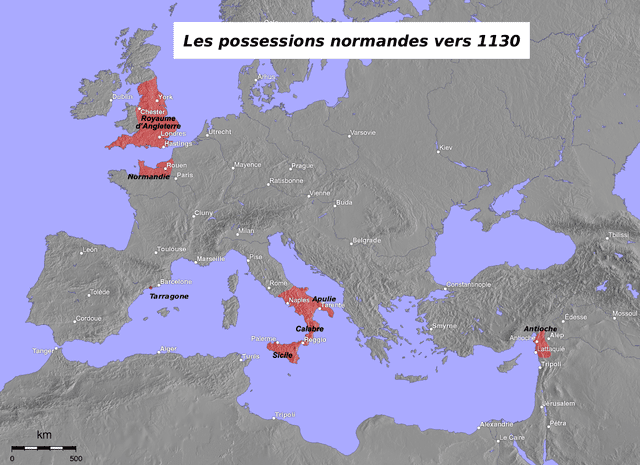
Articles you may also like
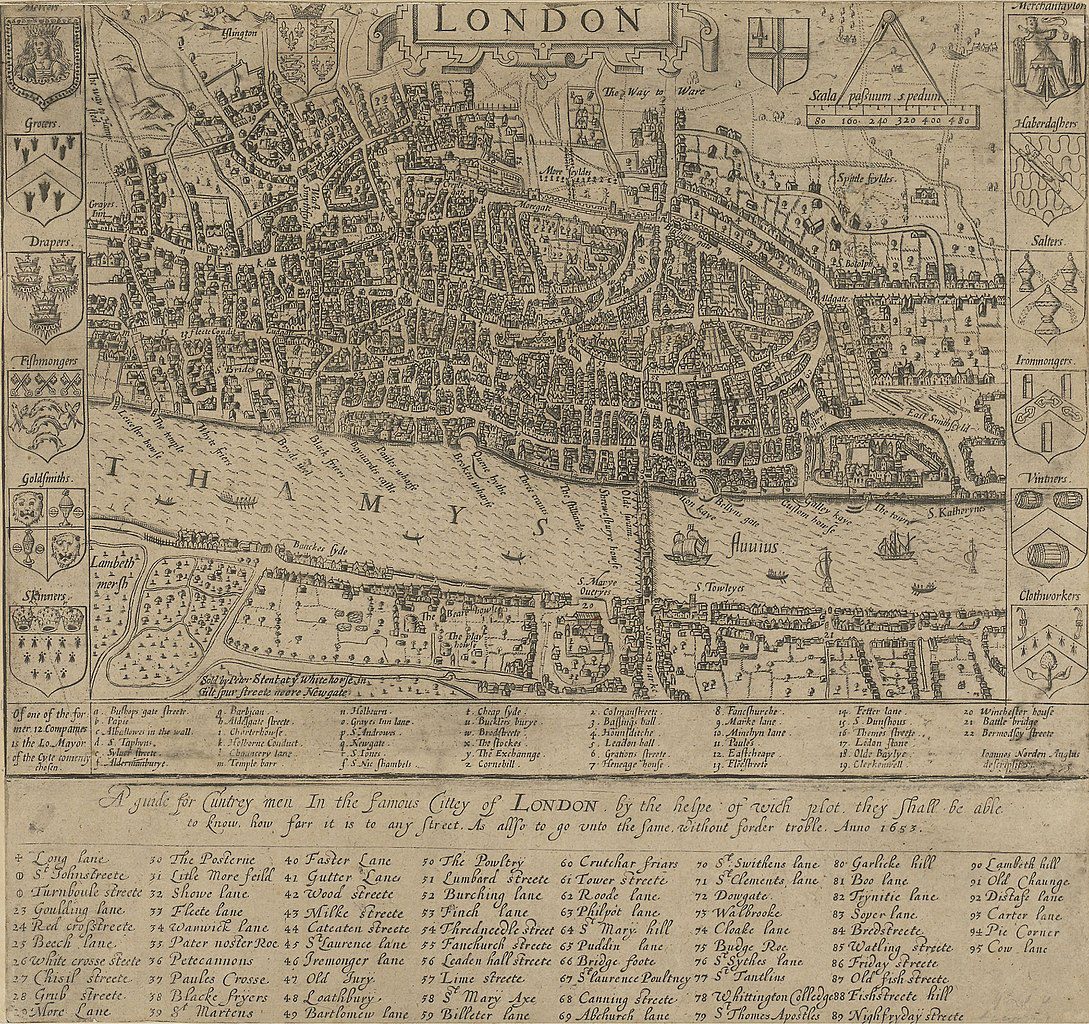
General History Quiz 116
1. What is the oldest company in Britain?
Try the full 10 question quiz.
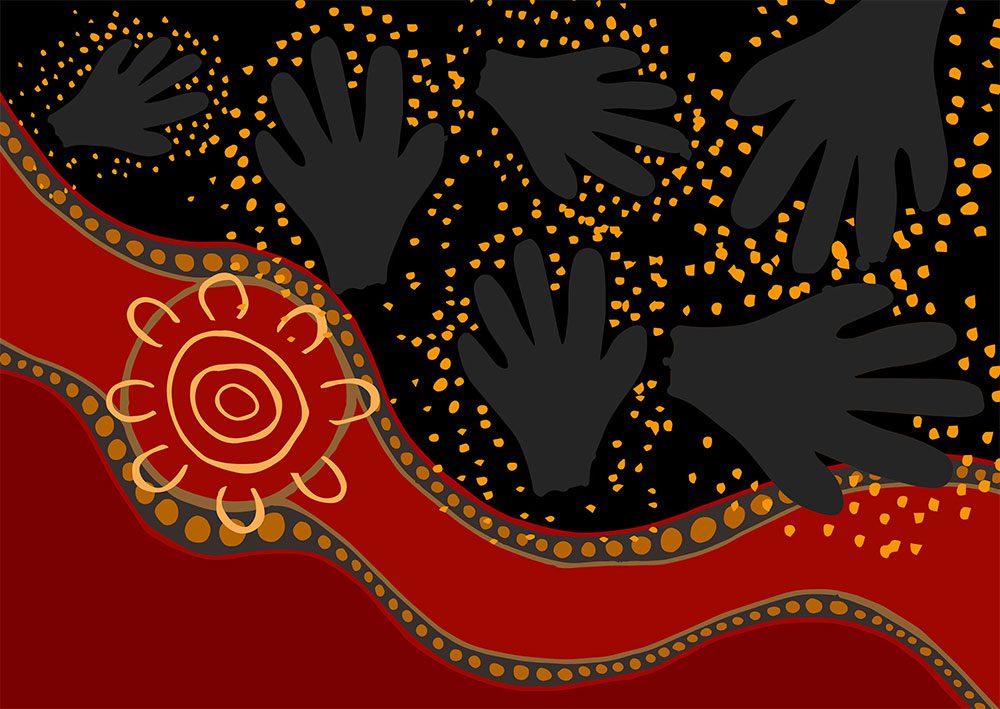
Finding Your Ancestors: Researching Aboriginal Family History in NSW
Most Aboriginal people are already historians. They hold knowledge of family ancestry, culture and history, and often treasured family photos and documents. There is much more to find online and in libraries and archives, but if you haven’t searched in these places before, it can be a bit hard to know where to start. Finding Your […]

